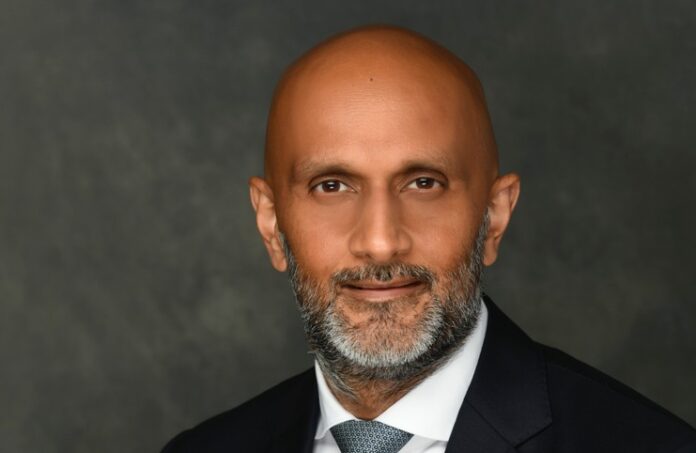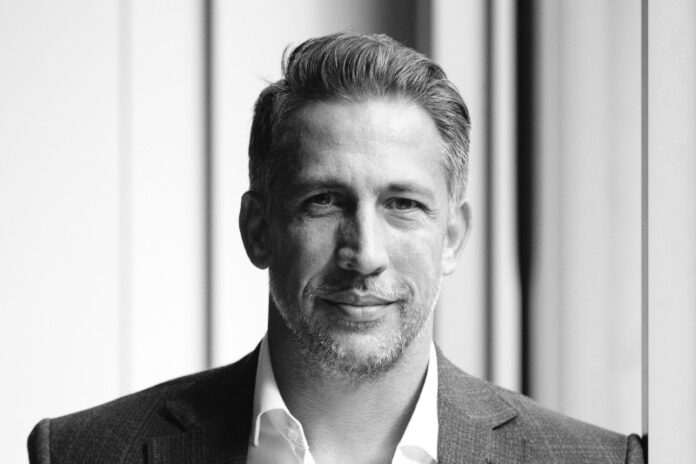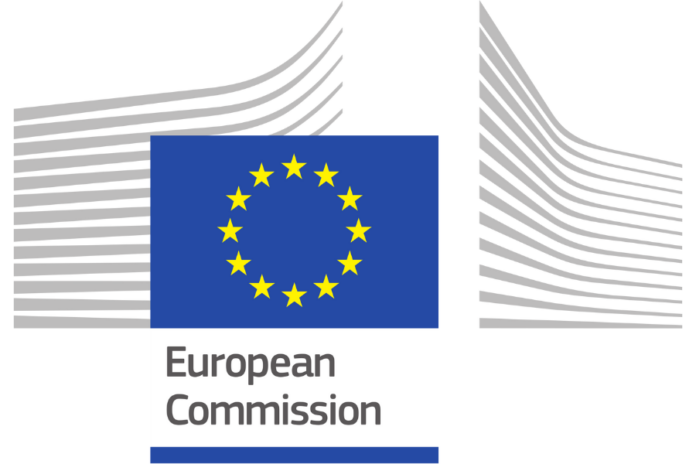The Trump-era Securities & Exchange Commission is scrapping fourteen rules proposed by the former administration’s SEC led by chairman Gary Gensler. Of the fourteen rules not to be implemented, nine were related to trading, order flows and trading venues.
Abandoned proposals include forcing disclosure of large equity swap positions, regulation of volume-based exchange transaction pricing, further best execution regulation, the order competition rule, further regulation of exchange self-regulation processes, and the amendments to improve the consolidated audit trail.
The withdrawn rules related to trading and markets can be split between those related to exchanges and venues regulation and those related to orders’ handling.
Relevant to market makers (wholesalers), broker-dealers and retail brokers are the withdrawal of rules about best execution and retail order flow.
The order competition rule was aimed squarely at retail payment for order flow practices. The draft rule would have required most small-investor marketable orders (“segmented orders”) to be exposed in one hundred to three hundred millisecond auctions on open venues before any wholesaler or internaliser could execute them. The SEC’s economic basis was the estimated $1.5 billion annual competitive shortfall, explaining that auctions were intended “to benefit individual investors by promoting competition and transparency to enhance the opportunity for their orders to receive more favourable prices.”
Market makers like Citadel Securities and Virtu, as well as SIFMA, the US Securities industry association, had strongly opposed the proposal arguing that the SEC’s premises and analysis were flawed. Citadel had written to the SEC that: ”Without accurately assessing current retail execution quality (including reviewing execution quality reports from retail broker-dealers), the Commission can’t conclude that fundamental changes to retail order execution practices are warranted, as contemplated by the “Best Execution” and “Order Competition” proposals.”
Industry sources told Global Trading that the previous SEC under Gary Gensler was also walking away from this legislation.
Read more: Payments for US retail flow reach record high, led by Citadel Securities & IMC
On best execution, rule 1100 was aimed at codifying the common-law duty that brokers seek “the most favourable terms reasonably available.” It would have required written policies, heightened obligations for conflicted principal or PFOF trades, quarterly execution-quality reviews and annual board reports—grounded in the antifraud provisions of the Exchange.
Mark Davies, CEO at S3, the compliance reporting and TCA specialist firm, said of the withdrawal:” Much of the industry viewed the proposal as duplicative, given that FINRA already enforces a best execution standard under Rule 5310. The withdrawal of the SEC proposal does not change firms’ obligations to pursue best execution for their clients.”
While these proposed rules have been repealed, crucially, the amended rule 605 disclosures aiming at modernising and enhancing the transparency of execution quality reporting for the National Market System (NMS) stocks is still going ahead.
Most wholesalers and industry bodies have been pushing for this further transparency as a first sequential step to further research before changing the current market structure.
Exchange definitions retreat
The rules around exchanges and venues were also proposed to be changed drastically.
The very definition of “exchange” was to be amended. The SEC sought to close perceived regulatory gaps by broadening the Exchange Act Rule 3b-16 so that trading platforms using “communication protocols” (including crypto-asset venues) would be treated as exchanges and either register or operate under Regulation ATS (Alternative Trading Systems). The SEC had stressed that “the definition of ‘exchange’ should apply to trading in any type of security, regardless of the specific technology used. This proposal had been cautiously welcomed by exchange groups such as Nasdaq, but opposed by platforms such as Bloomberg.
Another repealed rule looked to extend Reg SCI (System Compliance and Integrity) beyond exchanges and large Alternative Trading Systems (ATS) to cover additional market-critical firms, large broker-dealers, security-based-swap data repositories and exempt clearing agencies, and to modernise the rule for today’s cyber-risk environment. The SEC tied the amendment to its Exchange Act responsibility to assure “capacity, integrity, resiliency, availability, and security of the technology infrastructure of the U.S. securities markets,” noting that broader coverage “should help ensure that the technology infrastructure of the U.S. securities markets remains robust, resilient, and secure.”
The SEC also looked to close possible conflict of interest between broker-dealers and their clients to ensure best execution by regulating volume-based exchange transaction pricing. It would have targeted ever more complicated exchange fee schedules that reward members with cheaper rates or larger rebates once they hit volume tiers. The SEC reasoned that these complex tiers “raise competitive concerns” and can intensify routing conflicts, so the rule would have banned such pricing for agency or riskless-principal orders and imposed disclosure and anti-evasion controls on proprietary tiers, citing Exchange Act requirements that SRO rules not “permit unfair discrimination.”
Other legislation withdrawn ranged from ESG disclosures to a further fraud prevention rule proposal in the swap markets and improving the data security of the Consolidated Audit Trail (CAT).
Congratulating the new SEC team on the withdrawal of these rules, the chairman of the house financial services committee, French Hill said: “I commend the SEC’s decision to withdraw several misguided Gensler-era proposed rulemakings. For too long, consumers and financial institutions have faced unnecessary burdens imposed by overreaching federal regulators. This announcement is a meaningful step towards restoring balance, protecting investors, and encouraging innovation. I look forward to working alongside chairman Atkins to usher in a new era at the agency that prioritizes transparency and accountability”.





 Dealing with defined benefit liabilities has turned Britain’s USS into a buyside derivatives champion, giving it agility in volatile markets
Dealing with defined benefit liabilities has turned Britain’s USS into a buyside derivatives champion, giving it agility in volatile markets





